Brain And Heart Of A Computer Explained
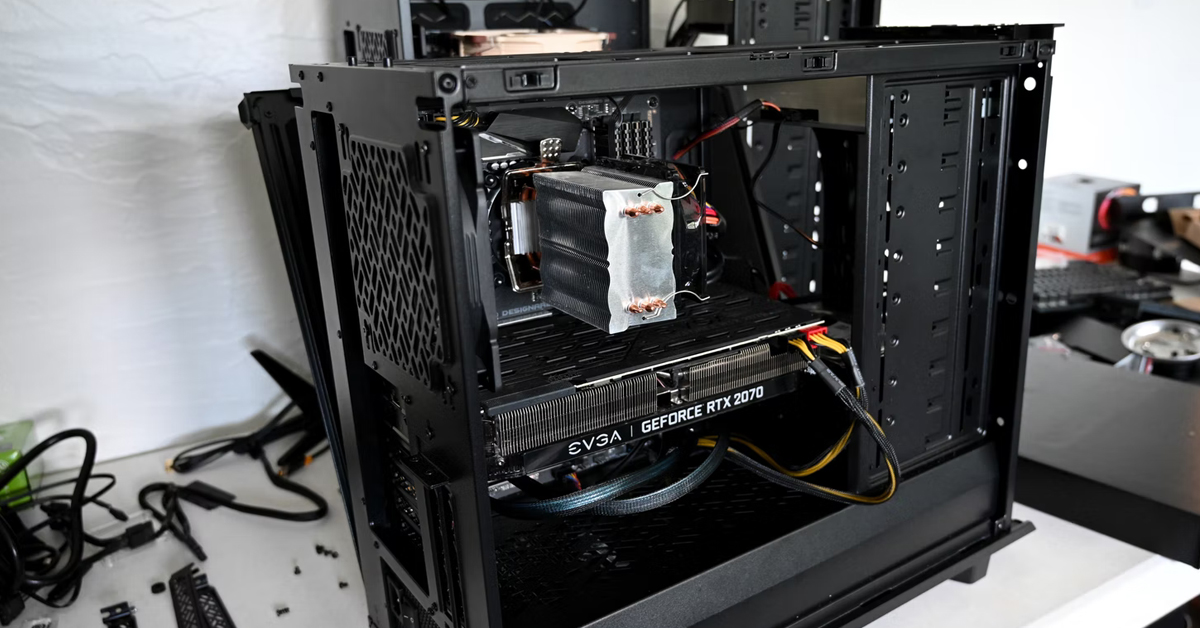
Humans and computers have a lot of things in common. For instance, both of them have memory and use electrical signals. Besides, they both can retrieve and transmit data. Like humans, computers also have a brain and a heart. The CPU/GPU is the brain of the computer while the northbridge is its heart.
Computers Vs Humans: Things They Have In Common
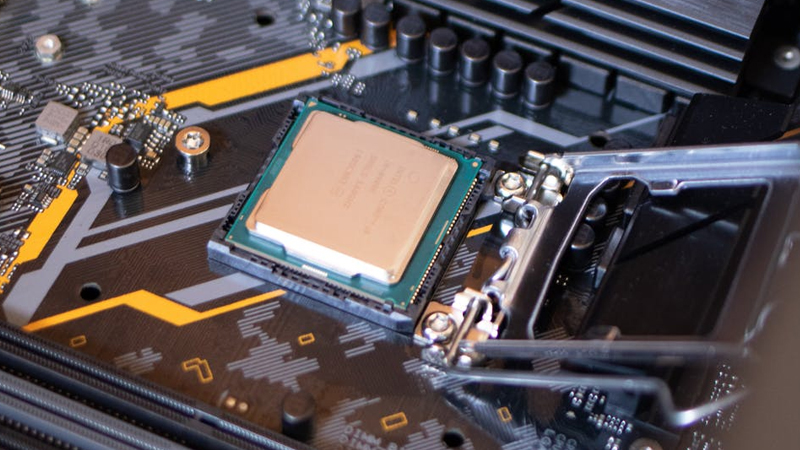
As earlier mentioned, both computers and humans have a lot of things in common. The relationship has a lot to do with the combination of organic thinking and machine calculation.
Computers get more sophisticated and smarter with time. That’s why people ascribe characteristics, which are pretty close to those of humans, to them. One similarity between humans and machines is that both are most valuable during work. Apart from that, here are some other similarities that exist between them:
1. Computers And Humans Can Both Understand
Gone are the days when people say that computers don’t understand anything. Yes, that has been computers’ weakness for a long time. Today, however, advanced machine-learning-based systems now allow computers to display some kind of understanding. This is now possible not because of manual coding but because of pure data. Machine learning has improved the way computers understand and recognize informative patterns.
So, the bottom line is that ‘understanding’ is one of the things that advanced systems and humans have in common.
2. Learning
One of the unique attributes of humans is that we learn every day. Interestingly, today’s advanced computers now exhibit this characteristic. Yes, computers can now learn too. When computers learn, they tend to gain more knowledge regarding how to improve on what they already know.
3. Database & Brain
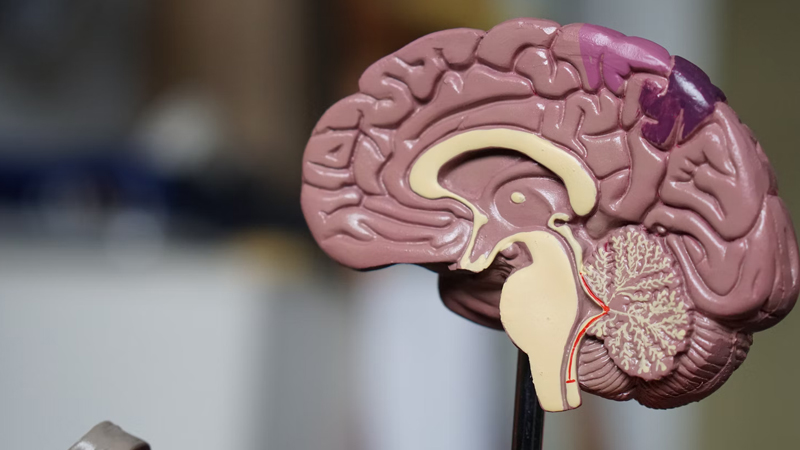
Another common thing that both humans and computers have in common is the brain/database. Yes, humans have brains, which help to perform the function of memory. Well, computers also have databases, which help to perform the same function just like the human brain.
Both computers and humans make use of electrical signals. No doubt, these electrical signals are being generated differently. For instance, computers use wires to send electrical signals to control various devices. The human brain, on the other hand, also sends electrical signals. However, they do that through the nerve cells, known as neurons.
What Exactly Is The Brain Of The Computer?
The brain is, no doubt, one of the most important parts of humans. The same thing goes for an advanced computer system; its brain is the most vital component.
That said, here’s a burning question, what exactly is the brain of a computer? The simple and direct answer to the question is CPU and GPU.
- Frontal and temporal lobes
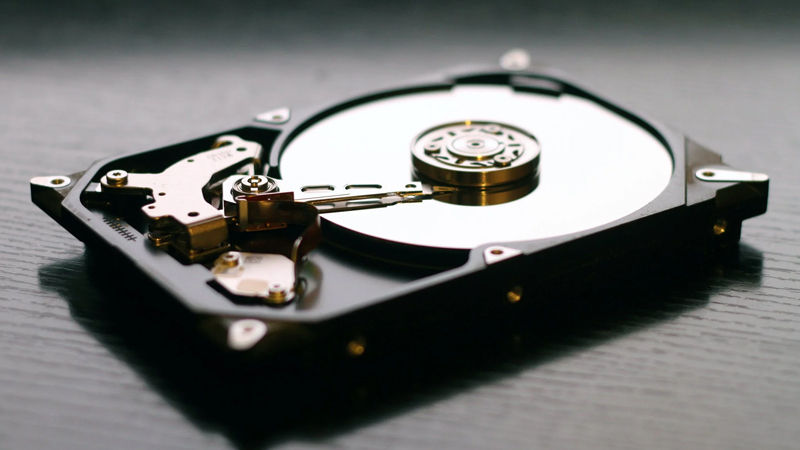
Both the “central processing unit” and the graphics processing units make up the brain of the computer. You can liken the frontal lobe and temporal lobe in the human brain to the computer’s CPU.
The temporal lobe is responsible for processing emotions, language, and a couple of visual perception aspects. In short, you can say it’s the part of the human brain that is responsible for helping you encode and store memory. That’s not all; the temporal lobe also contains a primary auditory complex – this is what makes humans understand whatever they’re saying.
As for the frontal lobe, it’s more of a control panel that allows you to better communicate. It’s the part that controls the human voluntary movement and expressive language. It also helps to manage higher-level executive functions, such as the ability to plan and organize.
Like the frontal and temporal lobes, the CPU is the central brain of a computer. It contains millions of tiny transistors, which contribute to how a microprocessor can process billions of instructions quickly and easily.
That said, the bottom line is that the central processing unit makes up a part of the human brain. It’s the component that is similar to the frontal lobe and temporal lobe of the human brain.
- Occipital lobe and Parietal lobe
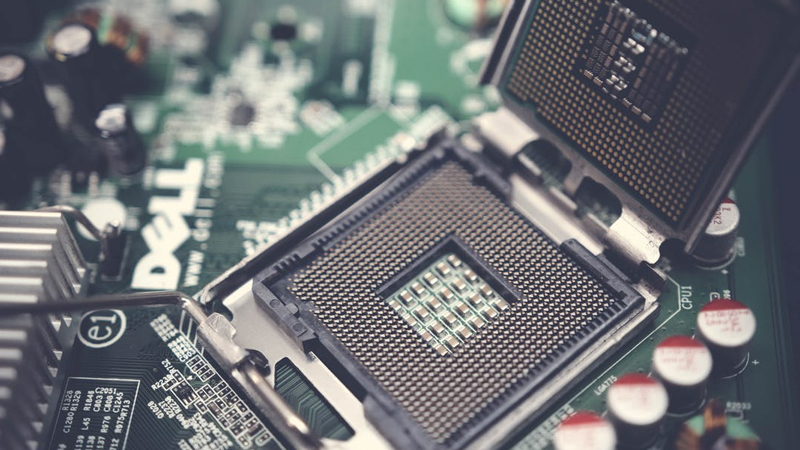
As you already know, the frontal and temporal lobes aren’t the only components of the human brain. The brain also has an occipital lobe and a Parietal lobe. Interestingly, these lobes have a lot of things in common with the graphics processing unit of a computer.
In case you don’t know, the occipital lobe in the human brain is the visual processing area. It helps in terms of visuospatial processing. In short, this lobe helps you to interpret information from the eyes, transforming it into the world as you see it. Apart from distance, the occipital lobe also helps in terms of object & face recognition, depth perception, memory information, color determination, and movement.
The parietal lobe is an important part of the human brain. It’s responsible for sensory perception and integration. You’re able to manage your taste, smell, hearing, sight, and touch because you have an active parietal lobe.
That said, one part of a computer system that functions similarly to the parietal and occipital lobes is the graphics processing unit (GPU). This component helps to process different things, including images and videos. Like the CPU, GPU is very essential to a computer. Without it, there’s no way you can output an image to your display.
The bottom line is that the GPU and CPU make up the brain of a computer. The GPU works similarly to the parietal and occipital lobes of the human brain. As for the CPU, it works similarly to the frontal lobe and temporal lobe.
What Exactly Is The Heart Of The Computer?
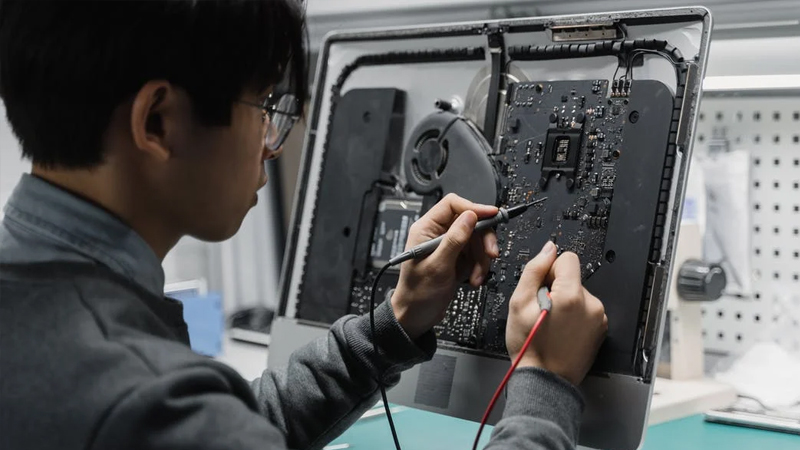
The heart is arguably the most important part of the human body. It’s responsible for pumping blood throughout the body. Besides, it’s also the part that maintains blood pressure and controls the heart rate.
There are a couple of components on a computer that you can compare to the human heart. However, the closest is the northbridge on the motherboard.
A motherboard is a printed circuit board designed to help hold together different components of a computer. On the motherboard, there are a couple of chipsets, called the southbridge and the northbridge. The southbridge helps to manage the basic forms of input/output of a computer – some examples are the Universal Serial Bus (USB) and the Integrated Drive Electronics (IDE).
As for the northbridge, it helps to connect the southbridge to the central processing unit (CPU). Some of the components that the northbridge handles are RAM, CPU, ROM, basic input/output system (BIOS), PCI Express, southbridge chip, and the accelerated graphics port (AGP). Because of the way the northbridge works, many people consider it as the memory controller hub of a computer.
The bottom line is that the northbridge on a motherboard is the closest component that you can compare to the heart of a computer system.
